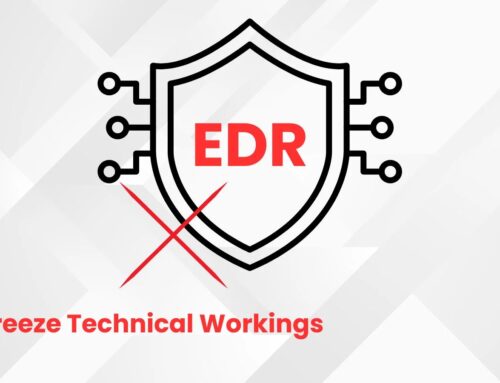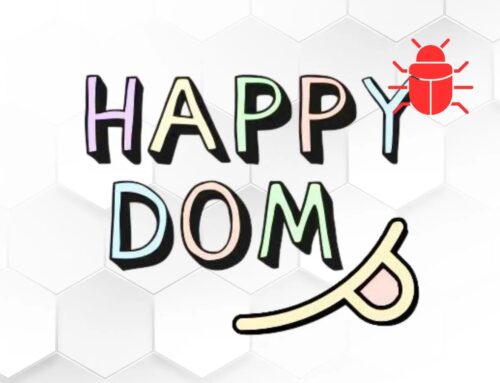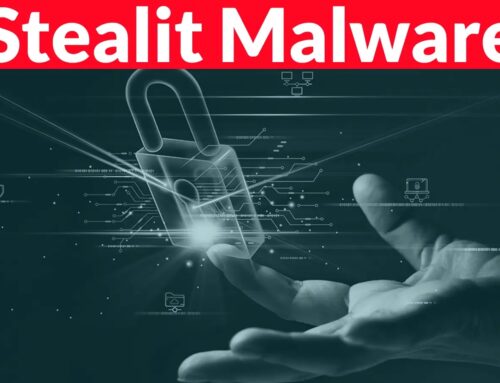
5,000+ Fake Online Pharmacies Websites Selling Counterfeit Medicines
The dark underbelly of the internet recently revealed a staggering threat: a single cybercriminal enterprise operating over 5,000 fraudulent online pharmacy websites. This discovery, detailed in a comprehensive investigation, unveils one of the largest pharmaceutical fraud networks ever documented, posing a critical risk to public health and financial security.
In an era where convenience often trumps caution, vulnerable individuals seeking prescription medications online are increasingly falling prey to sophisticated digital storefronts. These deceptive sites meticulously mimic legitimate pharmaceutical retailers, making it exceptionally difficult for an unsuspecting user to differentiate between genuine and counterfeit operations.
The Anatomy of a Massive Pharmaceutical Fraud Network
This widespread scam is not a collection of disparate actors but a highly organized operation orchestrated by a single, sophisticated threat actor group. Their modus operandi involves creating an expansive network of fake pharmacy websites designed to ensnare individuals searching for affordable or easily accessible prescription drugs. The sheer scale—over 5,000 unique domains—highlights the ambition and technical prowess of this criminal enterprise.
The primary aim of these fake pharmacies is insidious: to sell counterfeit medicines, collect personal and financial information, or both. Counterfeit drugs can be ineffective, contaminated, or contain incorrect dosages, leading to severe health complications or even death. Furthermore, the submission of sensitive data like credit card numbers and personal health information to these fraudulent sites opens the door to identity theft and subsequent financial fraud.
Tactics Employed by the Threat Actors
The success of such a large-scale operation hinges on a combination of technical sophistication and psychological manipulation. Key tactics include:
- Domain Mimicry: Using domain names strikingly similar to well-known pharmacies or appending words like “pharmacy,” “meds,” or “Rx” to benign-sounding terms.
- Professional Web Design: Employing high-quality templates and visual elements to create a legitimate-looking user experience, often replicating the layout and branding of genuine online pharmacies.
- Search Engine Optimization (SEO) Poisoning: Manipulating search engine rankings to ensure their fraudulent sites appear prominently in search results for medication-related queries.
- Social Engineering: Leveraging urgency, scarcity, or unbelievable discounts to pressure individuals into making quick purchases without proper due diligence.
- Lack of Verification: These sites typically do not require valid prescriptions, a significant red flag indicating an illicit operation.
The Peril of Counterfeit Medications
Beyond the financial implications of fraud, the most dire consequence of these fake pharmacies is the distribution of counterfeit medication. The World Health Organization (WHO) has repeatedly warned about the dangers of falsified medical products. These products can:
- Contain no active ingredient.
- Contain the wrong active ingredient.
- Have the incorrect dosage of the active ingredient.
- Contain harmful or toxic substances.
- Be produced in unsanitary conditions.
The health risks are profound, ranging from treatment failure and worsening conditions to severe allergic reactions, drug interactions, and even fatalities. For instance, an individual relying on a counterfeit blood pressure medication could face uncontrolled hypertension, leading to strokes or heart attacks.
Remediation Actions and Prevention Strategies
Protecting yourself and others from these sophisticated scams requires vigilance and adherence to best practices. Here are actionable steps for individuals and organizations alike:
- Verify Legitimacy: Always check if an online pharmacy is licensed and accredited by legitimate regulatory bodies. In the U.S., check the National Association of Boards of Pharmacy (NABP)’s list of accredited pharmacies.
- Look for Prescription Requirements: Legitimate online pharmacies always require a valid prescription from a licensed healthcare provider for prescription medications.
- Secure Payment Gateways: Ensure the website uses secure payment processing (look for “https://” in the URL and a padlock icon). Be wary of sites that only accept untraceable payment methods like wire transfers or cryptocurrency.
- Review Contact Information: A legitimate pharmacy will have easily accessible and verifiable contact information, including a physical address and phone number.
- Beware of “Too Good to Be True” Offers: Steep discounts or miracle cures are almost always indicative of a scam.
- Check for Red Flags: Poor grammar, spelling errors, unprofessional design, or aggressive pop-ups are signs of a fraudulent site.
- Report Suspicious Websites: If you encounter a suspicious online pharmacy, report it to relevant authorities like the FDA, NABP, or your local consumer protection agency.
- Utilize Browser Security Features: Modern web browsers often have built-in security features that warn users about known malicious websites. Keep your browser updated.
- Email Scrutiny: Be highly skeptical of unsolicited emails promoting cheap medication. These are often phishing attempts leading to fake pharmacy sites.
Tools for Detection and Verification
While no single tool offers a silver bullet, several resources can aid in verifying the legitimacy of online pharmacies and identifying potential threats.
| Tool Name | Purpose | Link |
|---|---|---|
| National Association of Boards of Pharmacy (NABP) | Verify pharmacy accreditation status and review rogue pharmacy warnings. | https://nabp.pharmacy/ |
| LegitScript | Certification and monitoring for websites selling regulated products, including pharmacies. | https://www.legitscript.com/ |
| Google Safe Browsing | Checks websites against Google’s list of unsafe web resources. | https://safebrowsing.google.com/safebrowsing/diagnostic?site= (append URL) |
| VirusTotal | Analyzes suspicious files and URLs for malicious content. | https://www.virustotal.com/ |
Conclusion: Heightened Vigilance in the Digital Pharmacy Arena
The exposure of a network comprising over 5,000 fake online pharmacies underscores the persistent and evolving threat landscape in cybersecurity. This sophisticated operation highlights the critical need for heightened user awareness and robust verification processes when engaging with any online service, especially those affecting health and finance.
As cybercriminals continue to innovate their deception tactics, individual vigilance, supported by regulatory efforts and robust cybersecurity measures, remains our strongest defense. Prioritizing legitimate sources for medication procurement is not merely an act of caution but a fundamental step in safeguarding public health against the profound dangers of counterfeit drugs and financial fraud.





